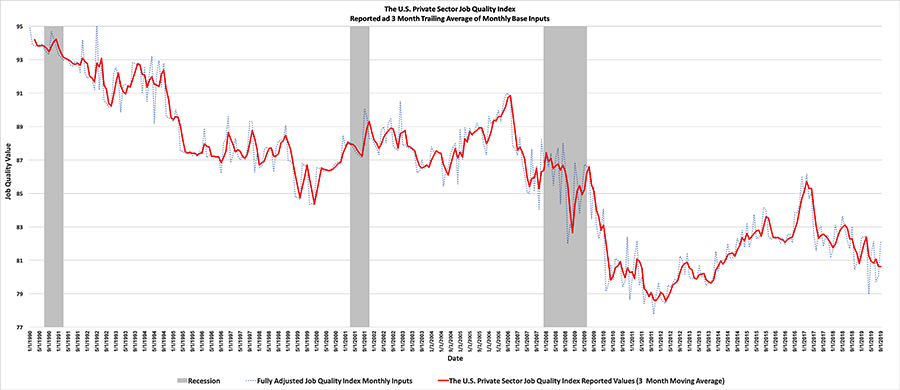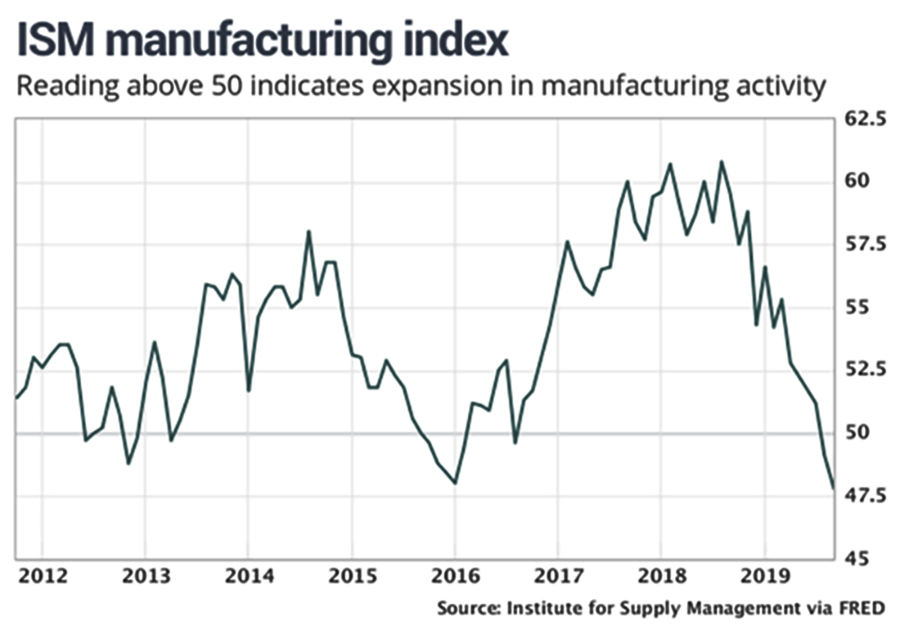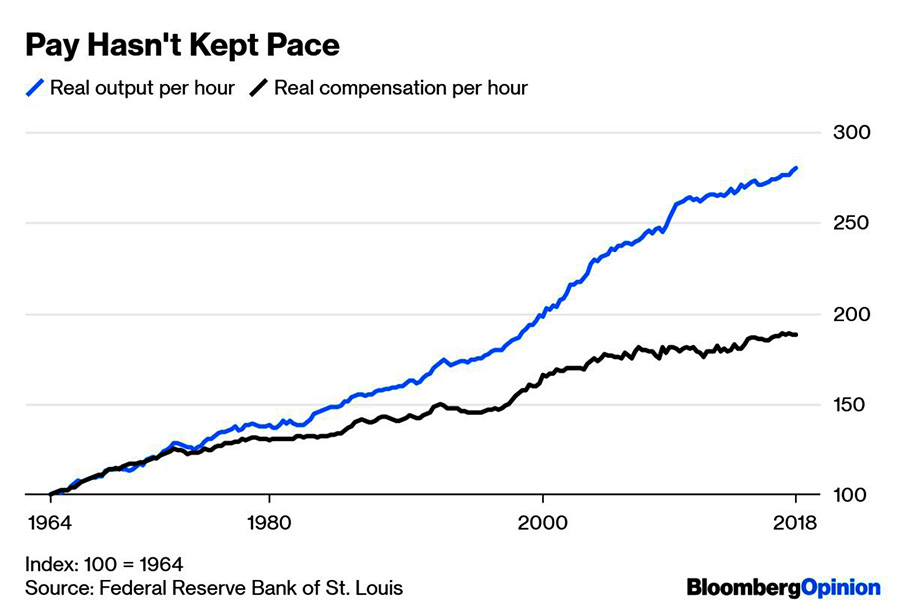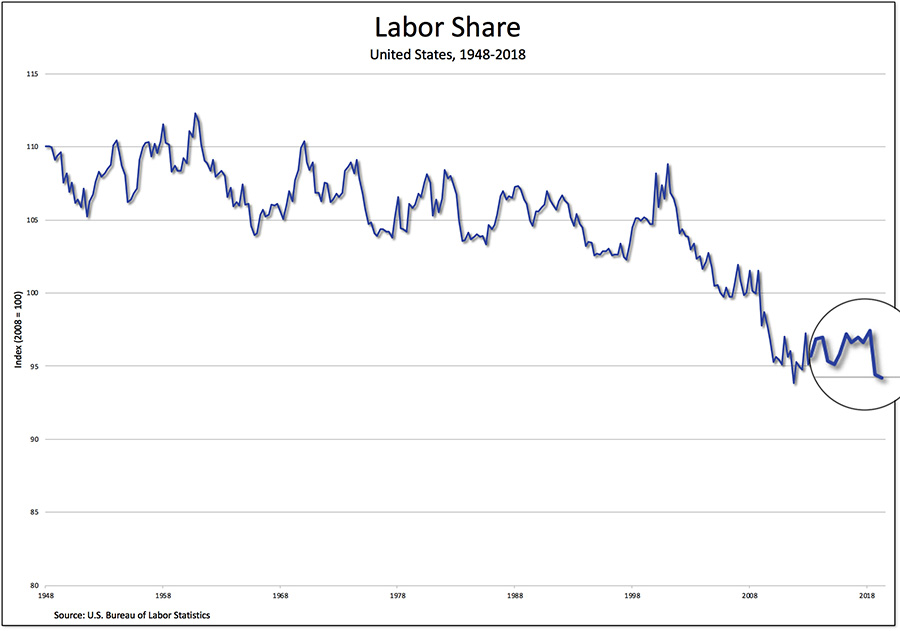Contributed by Joe Montero
The American job creation fiction constantly presented is important for Australia for two reasons. One is that the Australian economy is significantly integrated into the American one, and what goes on there is going to have an impact here. The other, is that Australian governments have the habit of falling into line with American policy, and this includes economic policy.
With the aid of big media, we are told that many new jobs are being created under Donald Trump’s watch. Omitted, is the reality that good paying jobs are giving way to underpaid ones, and secure permanent jobs are being replaced by casualised ones.
That this has been going on for at least three decades and that it is now getting worse.
Sounds familiar? Of course it does. Australia has been following along the same path. The American just got a head start, and what they are facing now, is more or less where we’re going.
There is a growing recognition there that official employment figures don’t give a true view of what is going on. some researchers have come together to v=create a new measurement, and it is called a Job Quality Index.
This index shifts away from quantity, to compare the proportion of new jobs falling below the average wage, relative to those above it. Dividing one figure into the other provides the index. If the number is below 100, more of the lower paying jobs have been created in comparison to the higher paying ones.
It shows a long-term decline in the relative proportion of the higher paying jobs.

Researchers found 63 percent of all jobs created since 1990 have been low paying ones, and aslt month, the index showed 80.
The study has been led by the Brookings Institution and has involved Cornell University Law School, the University of Missouri at Kansas City, the Coalition for a Prosperous America and the Global Institute for Sustainable Prosperity.
In its latest report, Brookings said that 44 percent of the American workforce is now in low paying jobs, with a median pay of just $US18,000 a year.
Being just a measure of the result, the Job Quality Index does not deal with why this is happening, and solutions depend on understanding the causes.
Consider this. The American economy has long depended on generating the biggest part of its profit through global expansion. The twentieth century saw American brand names become familiar in country after country. This growth was based on manufacturing, and it gave rise to many globally familiar brand names, and the phenomenon of the multinational corporation.
Recent times have seen a fall in American manufacturing at home and abroad. The car manufacturing industry, which had been one of its major pillars is no longer what it used to be.
A part of the global re-organisation of General Motors and Ford was to pack up and leave Australia. This is an example of how developments have a serious impact on the Australian economy.

Manufacturing is important. Along with produce from the land and mining, it creates value. In elementary terms, this means that resources that nature provides are combined to create something new that wasn’t there before, and which is the source of profit in general. The rest is about how it’s distributed.
If this source of profit has been shrinking, the profitability of a business has been increasingly dependent on making changes to distribution, that is, taking a portion of the value generated somewhere else in the economy.
When insufficient value is created to generate the volume of profit being made in the aggregate, increasing dependency on debt is the means to operate business and generate markets.
In the workplaces, it’s changing the distribution of income in favour of the employer at the cost of the worker. One way is to increase the pace of work. A worker does more in a given time, without a corresponding increase in the reward for the effort. This is called increasing productivity.

When this proves to be less effective, the emphasis starts shifting to wages, through the creation of lower paying jobs, as a major source of profit. To emphasise the point. Profit is not made by increasing output. It is made by lowering the wages share.

If the goal of society is to create an economy that shares its fruits equitably, this is not the way to go.
In any case, dependency in debt and income redistribution upwards eats away future capacity. This is ultimately unsustainable. Growing instability is the result, and it threatens economic ruin.
There is a solution. This is for society to do what it must, to rebuild the economy on a sound foundation of creating value once again.
Leaving it to the market is doing the opposite. Collective intervention is the answer. Advocates of public ownership make a good point.
Government intervention to ensure resources are properly used and the fruits of work redistributed fairly and in line to ensure the ongoing health of the economy is necessary.
This in itself is not enough. Efficiency and reward for effort are important. So is inclusiveness. Being part of the decision making encourages participation, initiative, creativity and a social longer-term focus, instead of being dominated by narrow, shorter-term private interest.
Leaving the decision making to major investors and company directors is not good enough. Their road is the proven road to chaos. New ways to run enterprises are needed. Exactly what these are, is a matter for ongoing discussion and learning by doing.


Be the first to comment on "The truth about American jobs and its replication here in Australia"